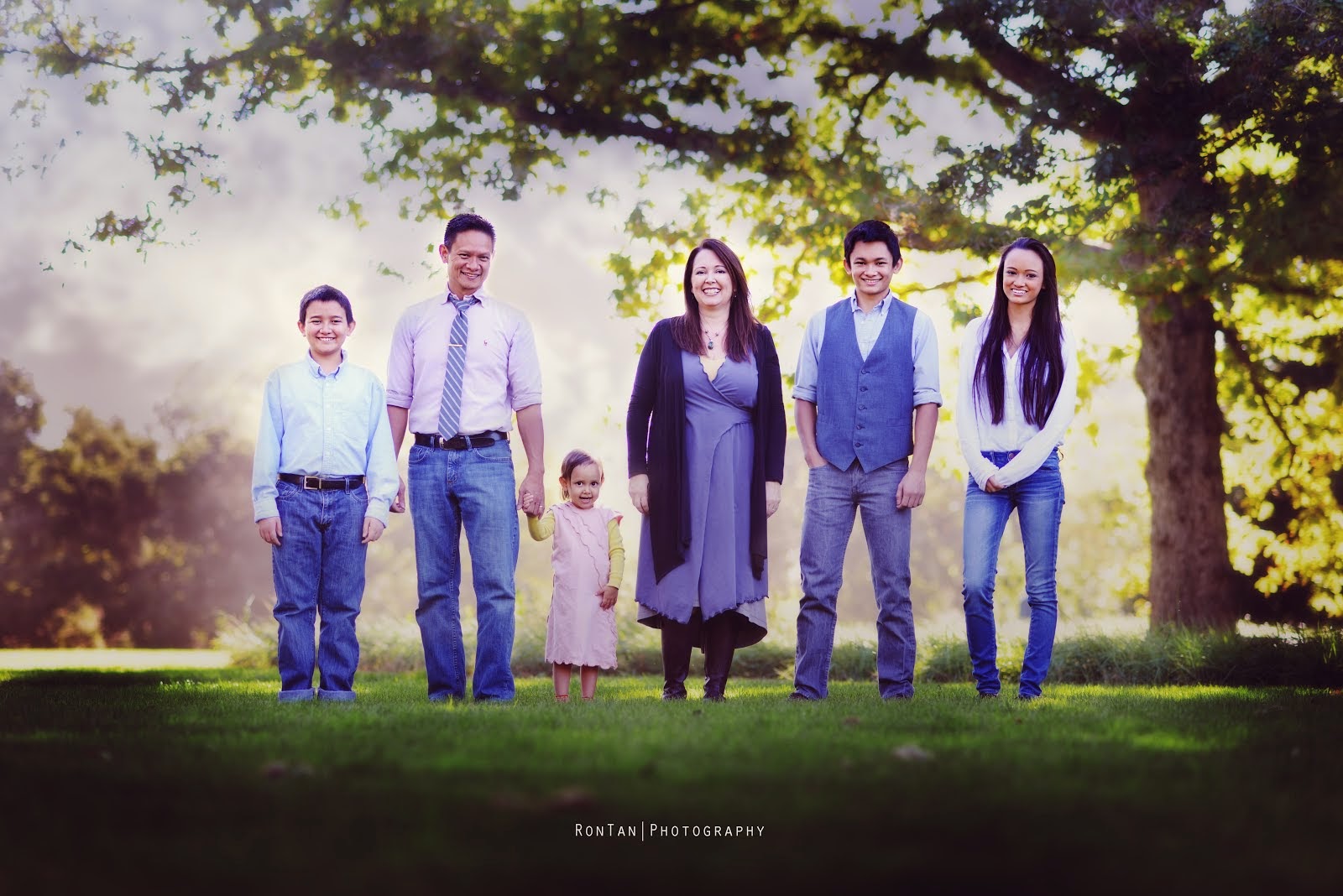
Our "Creative Family in the Dell" Workshop at Syrendell brought new friends to our Fair Oaks home. We had a wonderful time sharing in our creative striving, learning about art and crafts, music, home schooling, Rudolf Steiner, and Waldorf education. The joyfulness of family and children made the day very special.
Here is a brief synopsis of the workshop.
Circle Time
We gathered together to welcome the day with singing, verses, and movement, lighting a candle, and chiming a Tibetan singing bowl. It was an example of how a classroom teacher or homeschooling teacher may start the day with the students.
Introduction to Waldorf Education
I facilitated a lecture and discussion on Steiner and Waldorf education, using a diagram to show the thread from Steiner to anthroposophy to Waldorf.
Anthroposophy
- from the Greek "anthropos," meaning man, and "sophia," meaning wisdom
- it is the study of the fundamental nature of man
- spiritual science
- it formed the foundation for anthroposophical medicine, inner work, eurythmy, bio-dynamic farming, and Waldorf education
Waldorf Education
- began in 1919 for the children of the workers at the Waldorf-Astoria Cigarette Factory
- the main point is the approach to teaching from the development of the child
- its mantra is heart, head, and hands (thinking, feeling, and willing)
- the main lesson is a key feature
Inner Development
- Steiner believed that to be an amazing teacher, one needs to work on the inner self
- the four aspects of the human being: the physical body (the organic, sensory body), the etheric soul (the emotional self), the intellectual soul (the thinking self), and the consciousness soul (the self that has developed intuition, awareness, and will)
The Developing Human
- follows 7 year stages of development
- 0 - 7 years, physical development, oneness with the world
- 8 - 14 years, etheric development, emotional growth, separateness from the world, self-expression, feeling and thinking
- 15 - 21 years, intellectual development, thinking and willing
- 22 + years, spiritual development, consciousness soul, action towards global citizenry
Main Lesson
- unique to the Waldorf classroom
- a four-part 2-hour daily rhythm: circle time, new content delivery, main lesson book work, and storytelling
- subject blocks (see previous blog journey unfolds)
- three-day cycle: new content is introduced on day one, day two is an associated lecture or activity, then on day three, main lesson book for that content is done by the students
Basics of Wet-Method Painting
At first, trying out a new artistic medium is, frankly, quite frustrating! When I was first introduced to wet-on-wet painting, I found myself frustrated with not being able to control the paint. Soon, I realized I needed to "let go," to give in to the nature of watercolors, and to allow myself to be taught a new technique.
With our workshop, it was no different for the first-timers. A bit of patience, of letting go, of perseverence, and the self artistry will emerge beautifully!
I do not teach the students how to express themselves - that comes from within, but the techniques can be learned, which act as tools of expression.
To recap the lesson (refer to previous blog art of letting go for examples):
- begin with laying down masses of color with a fluid yet firm application of the brush
- blend primary colors to get secondary colors, and so on, to give a nice dimension to the page
- use the negative space technique by applying a wet brush, then dry brush, to lift the pigments off of the page where you intend it to be white space or for appying a new color
- when the paper is a bit drier, begin to lay down some foreground details such as trees, shrubs, animals, structures

Fiber Arts
For fiber arts, we carded wool with two different sizes of hand carders and a drum carder. We did some needlefelting and spinning on spindles.

Nature's Classroom
The children strolled around the yard with baskets and collected samples of nature. In Waldorf education, nature studies are always related to humankind. How do plants and animals and humans coexist? How is the human form similar to plants and animals? Do we share physical cahracteristics? Physiological similarities?
With the young ones, it is simply about exposure to the earth's bounty and beauty. Being in nature is meant to be a full sensory experience, touching, smelling, listening, and tasting.
We tied together the fiber crafts with the nature experience and crafted a tiny figure cloaked in a hand-felted wool outfit and an acorn hat!
Music, Verse, and Song
We ended the day with a drum circle, singing, and verse writing.
I particulary liked the spontaneous jam session with my little friend Tyler (2 years old) when I played harp, he played a mini zylophone, and we sang a song about bananas!
Please visit our family blogsite at Syrendell as well for more on the workshop!



4 comments:
Thank you Rick for the recap. I must say, we had an absolutely amazing time!! We thank you and your wonderful family for sharing your knowledge and insights with us. We look forward to another workshop at Syrendell!
Thank you for the workshop. I came home with a lot of information. My family is currently digesting it! I look forward to more workshops.
Rick, this looks fantastic! Sounds like everyone really enjoyed it. I would have LOVED to hear the banana song - lol :) You continue to inspire and your humbleness is a ray of light. Thank you for sharing your gifts!
Your workshop looks fantastic. I love that you have found ways to share your passion and knowledge with others!So inspiring!
Post a Comment